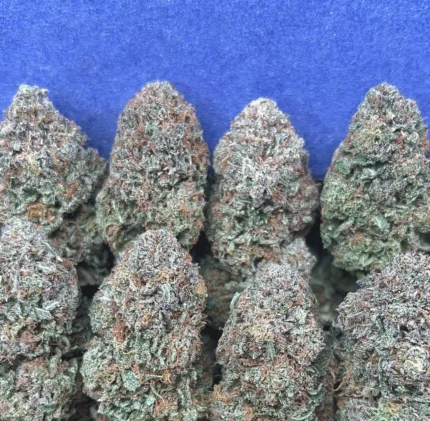You are searching for the best dog food for gassy dogs, and now you have choices. Let us talk about excess gas in dogs before you make any decisions on the food you want to buy.
You could buy dog food from a cold-pressed dog food company like Nextrition. We are even willing to bet that your dog will love it. But it is important to understand what causes excess gas in dogs. Often it boils down to the ingredients in their food. And believe it or not, there are five types of ingredients that make the biggest difference of all.
Too Much of a Good Thing
Below is a description of each of the five ingredient types. Understand that some dogs can tolerate them in moderate amounts. But as with just about anything else, you can have too much of a good thing. Give your dog these five ingredients in excess, and there is a good chance he will return the favor with gas.
1. Legumes
Let’s begin with legumes. We are looking at things like peas, chickpeas, and lentils – all ingredients that are pretty common in grain-free dog foods. Legumes are not necessarily bad for dogs, but a dog’s stomach doesn’t easily digest them. Remember that dogs are carnivores by nature.
Legumes are pretty likely to ferment as they are being slowly digested. Fermentation is a natural result of the gut bacteria working on the material. The result is excess gas. It’s like what happens when humans eat beans and experience flatulence afterwards.
2. Corn
Corn is a really hard grain and a starchy filler in a lot of dog foods. Many dogs find it hard to digest. It can end up passing into the large intestine undigested, where it’s subject to the same kind of fermentation. Worst of all, corn can sometimes trigger food sensitivities that only increase a dog’s discomfort with additional gas and bloating.
3. Soy Products
Soy is cheap and plentiful. Therefore, some dog food manufacturers use it as a protein substitute. The problem is that it can cause an immune reaction that agitates a dog’s digestive system. You can guess what happens: gas, bloating, and other uncomfortable symptoms.
4. Dairy Products
Many dog owners do not know this, but dogs are especially susceptible to lactose intolerance. A lactose-intolerant dog doesn’t deal with dairy very well. When dairy makes it to the colon, our bacterial friends take over. The material ferments and produces gas. Bloating and diarrhea are also pretty common, especially in dogs whose bodies do not produce enough lactase enzyme.
5. Starches (in excess)
Starches are the last everyday ingredient and a curious one at that. Starches can be a productive part of a dog’s healthy diet. In fact, you will find starchy ingredients like sweet potatoes in each of our recipes. The key is not to allow excessive volumes of starches into a dog food recipe.
Certain types of starches do not digest well in a dog’s stomach. Like corn, they travel to the colon where they ferment and generate gas. In addition, ingredients like beet pulp and certain types of root vegetables can feed gas-producing bacteria. Too many of those ingredients create excess gas.
If you are hunting for the best dog food for gassy dogs, there are quite a few options open to you. The ingredients are usually thoughtfully chosen with your dog’s digestive system in mind. One of the most beneficial aspects is that the food is manufactured to break down easily. Therefore, it decreases the likelihood of experiencing gassiness and bloating.








